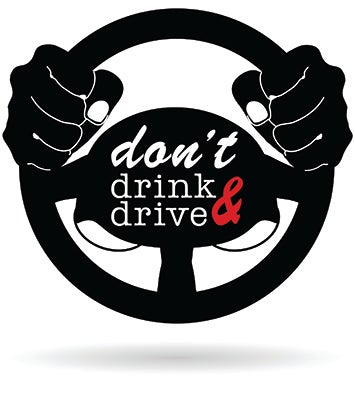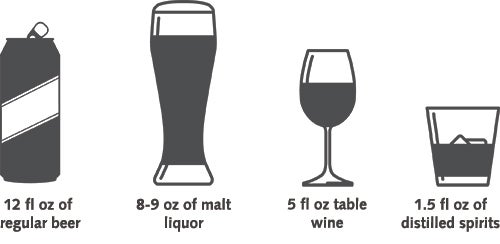Impaired Driving Safety
 What is alcohol-impaired driving?
What is alcohol-impaired driving?
Defined as having a blood alcohol content (BAC) of 0.08 grams/deciliter or greater in North Carolina. While this is the legal limit, it is important to know that any blood alcohol content can impact one’s ability to drive.
What is drug-impaired driving?
This includes substances, such as marijuana, cocaine, methamphetamines, but also some prescription and over-the counter medications. Driving under the influence of an impairing substance is illegal in all 50 states.
Who is at risk for alcohol-impaired driving?
- Twenty-four percent of drivers 15-20 years old that were in fatal car crashes had BACs of ≥0.01g/dL.
- Motorcyclists had the highest % of alcohol-impaired drivers involved in fatal crashes.
- Drivers with a BAC above the legal limit that had fatal crashes were 4x more likely to have had prior DUIs.
What are the possible consequences?
- You will lose your license and possibly your vehicle.
- Charges can be a misdemeanor or a felony depending on previous convictions and BAC.
- You could have an ignition interlock installed in your car — measures BAC and prevents car from starting if above a certain level.
- Placing yourself and other drivers/pedestrians at risk of serious injury or even death.
What can you do?
- Before you start drinking, plan a safe ride home. This could be a friend who has not been drinking (designated driver) or a ride calling service (taxi, Uber, etc.).
- Keep track of the number and types of drinks you have had — standard drinks vary.
- Don’t let friends who have been drinking or using an impairing drug drive home — take their keys and arrange a safe ride home!
- Always wear a seat belt — this is your best protection against other drivers.
- Call 911 if you see an impaired driver on the road.
FAST FACTS
- In 2018, 29% of all fatalities in NC were due to alcohol-impaired driving.
- Alcohol-impaired driving kills ~28 people/day in the United States. That is one person every 52 minutes.
- Sixty-five percent of drivers in crashes causing serious injury or fatalities tested positive for at least 1 drug.
What’s the effect of Blood Alcohol Concentration (BAC)?
- 0.02 – 0.08: Decreased balance and reaction times, slurring of speech, decreased muscle coordination, decreased response to emergencies. Decreased concentration and ability to process information.
- 0.1 – 0.2: Further decreased muscle control and balance. Impaired ability to process visual and auditory information. Impaired reaction time and ability to maintain control over vehicle. Vomiting may occur.
- 0.2 – 0.4: Severe impairment in motor functions, memory blackout, decreased sensation of pain and impairment of gag reflex- risk of choking or aspirating vomit as nausea and vomiting are likely to occur. Can result in coma or sudden death.
Some resources for you to explore:
- Alcoholic Anonymous
- Al-Anon Family Groups: 757-563-1600 or 888-425-2666 | Email: wso@al-anon.org
- Substance Abuse and Mental Health Services Administration (SAMHSA) provides an online locator to find a mental health provider near you. You can also call 1-800-662-HELP or 1-800-487-4889.
Information adapted from the Centers for Disease Control and Prevention (CDC), Health and Human Services, National Traffic Highway Safety Administration, NC Statewide Impaired Driving Task Force, Responsibility.org and the American Addiction Centers.
